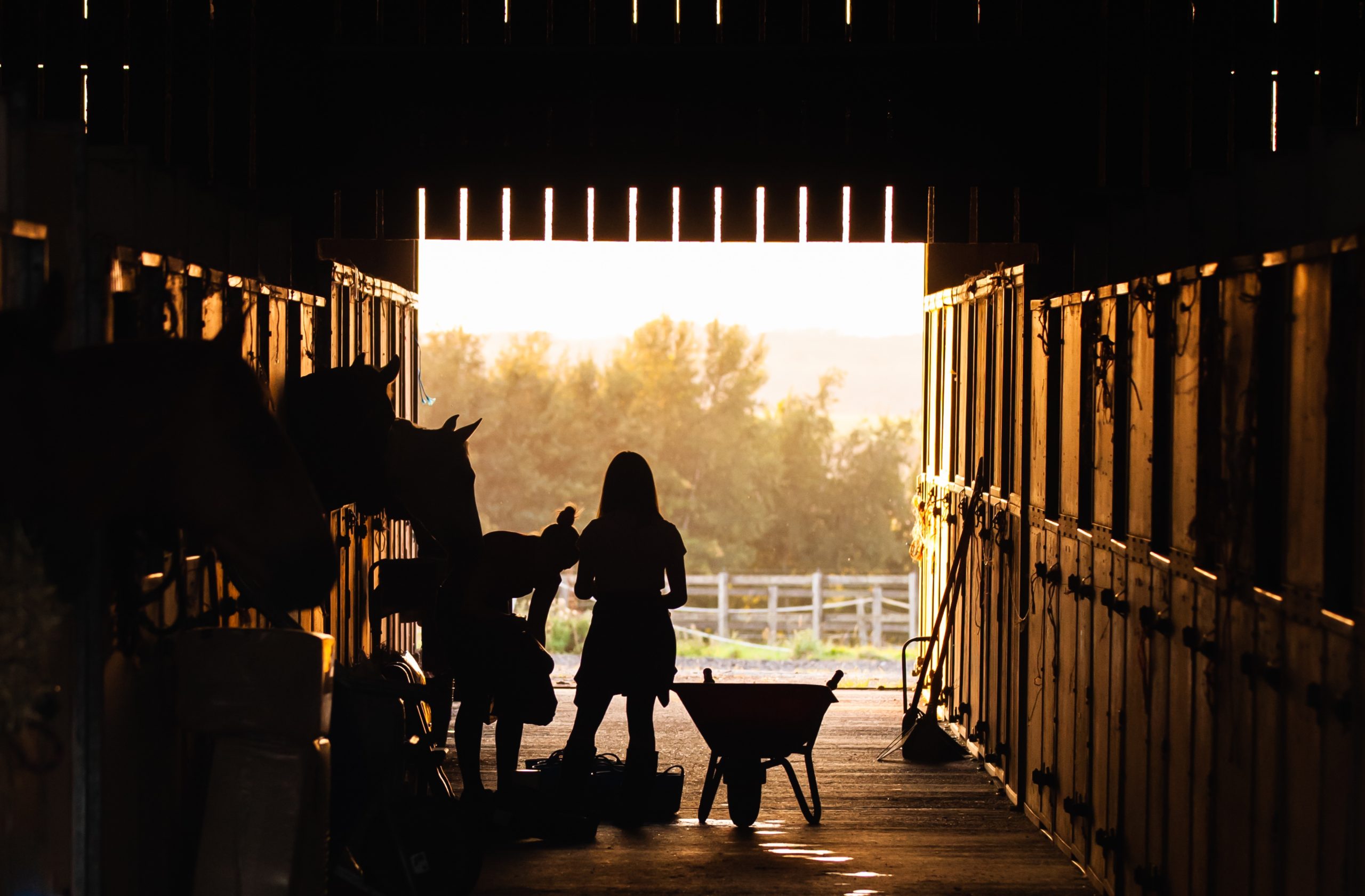Alice Munro’s Lives of Girls and Women gives us an amazing chance to discuss narrative distance, pacing, and authorial intent in writing. This is, in part, because it didn’t really grab me, at first.
The first fifty pages were kind of a slog, despite my love for literary fiction. Munro’s writing is extremely detailed and evocative, yes, but, the first few stories felt like a lot of detail with little energy. Why, I’m not quite certain.
That isn’t always a bad thing; I love slow, contemplative tales, and the better stories in this collection gave me that with astonishing detail and realism. Part of the problem might be that, in the early stories, it’s hard to find the… well, the story. In those early tales, which focus on the narrator’s extended family, there’s rarely a throughline. We learn a lot about Del and her relatives, but it feels more like an info dump than a plot, with the narrator too far from the main events to bring them together into a coherent story.
Despite this criticism, I definitely didn’t hate the book. By the end of it, I was flipping pages with relish, excited to see what would happen next. The title story, Lives of Girls and Women, threw me completely different perspective on sexuality and abuse that I’d never witnessed in a story, and her relationships with French and Jerry, later, were a welcome relief from the treacly love stories that are all too common. The prose, as to be expected, was great, but in a subtle way; its tone—muted and distant in early stories, energetic in later ones—lent a lot of emphasis to the work as a whole. Overall, the book was funny and tragic, the characters were incredibly complex, and I feel I’ve gotten a very realistic, fleshed-out sense of the people in this town with all their hypocrisies.
More importantly, this collection gives us an excellent chance to explore the idea of “narrative distance” and learn some tricks for picking how our narrators and characters will present our stories. More precisely, it gives us the chance to explore the consequences of writing with a narrator who is distant from the main story, like a child watching her parents argue through the windows as they walk around the garden.
The collection gives us a nice split—for half the stories, Del is the center of the action, but for the other half, the main “story” is far away from her. She’s learning from it, yes, but the most interesting parts are far outside of her influence and control. She couldn’t do anything about them if she wanted.
The problem is that, if the character lacks influence and control in a story, then the reader will feel separated from them.
This does give us a chance to explore the helplessness of childhood, which is a fantastic theme. There are a lot of things we can’t control as kids, and there are lot of events that deeply influence us without us being able to influence them, so it’s natural to explore that in fiction.
The problem is that, if the character lacks influence and control in a story, then the reader feels too far separated from them and, thus, the piece, divorcing them from the tension that creates emotional investment. A key element of storytelling is conflict, and for conflict to be resolved and felt, a character usually needs to be able to encounter and overcome those conflicts. While there is some conflict present in those early, distant stories, the more interesting details concern the other characters, leaving the reader wondering why we aren’t following them, instead.
Contrast this with the stories of Del in high school, as she starts to have more agency. Once she’s shifted from an observer to an actor, the stories gain much more weight, and the reader’s connection to the tale shifts from a distant, intellectual curiosity, to intense emotional investment.
Slow-paced, intellectual, and distant stories are not inherently faulty, of course. But, I think it is incumbent on writers to understand the effects of the narrative choices they make.
In this case, it’s important to understand that, if the reader feels distanced from the main conflict or the most interesting conflict, it may be hard to grab their attention. They’ll be wanting to read the story of that other character, rather than the one you’ve shown them. It can’t hurt to ask yourself, when writing, if you’re really showing the most interesting and relevant perspective on the story at hand.
But, this maxim can clash with authorial intent and a desire to do something new and innovative. Take James Baldwin’s classic novel, Giovanni’s Room. In it, young David is lamenting the soon-to-come execution of his former lover, Giovanni, who is being executed for the crime of murder. There are a lot of details (the murder, for one) that, if the story was written by a Hollywood exec, would have been the focus of the tale. They’d be considered more “gripping.”
Thing is, that’s not what the novel was about. The book was about love and loss, and focused on introducing the American reading public to a same-sex relationship in a way that was empathetic and artistic. It wanted to show David as a whole person, complete with the self-disgust that others’ bigotry had forced on him, and the difficulties in balancing his love with what society expects of him. Reducing it to a high-octane thriller would have been the worst choice imaginable, and would have stripped the story of what made it special.

So, what should you do about narrative distance? How should you pick who is narrating, and from what temporal and spacial distance from the story’s main action. And how do you pick the emotional investment you want your readers to have in the story through the handling of your prose?
Well, there’s no “right answer.” This isn’t a situation where there is one, single “correct” way to do this. What is right for you, at what time, and in what story, will be determined by your tastes and intents. But, it’s important to keep this question in mind as you write. Ask yourself how invested you want your readers to be, and in what way. Should it be a hardcore emotional investment? Do you want them to see themselves in a piece, or discover a new perspective? Or do you want it to be a slow, intellectual sort of interest? When you know the answer to this question, you can start figuring out who might be the best narrator for your story, what their “voice” should be, and how far they should be from the tale.
In the case of Del in Lives of Girls and Women, we got the best of several worlds. While the distant, curiosity-driven stories in the beginning of the collection might’ve been hard to read, they greatly fleshed out Del as a character. That allowed us to get more and more invested in the later stories in the collection.
Which brings me to one last point: you don’t have to pick one answer and stick with it for a whole work. Think about your writing holistically, and scene-by-scene. Giving us a slow, low-tension chapter where we see the character with their happy family and where the pacing allows us to witness the nuances of their family life can greatly improve later scenes where, say… the family is tragically lost in a horrible disaster. It’s okay, even in a thriller, to slow the pacing so that you can wind up for a sprint.
Think about those questions when you write. Ask yourself whether your goals would be better reached by changing who is narrating. Think about who, in the story, has the most gripping perspective, and who might have the most to say.
So long as you’re at least asking these questions, you’re doing it right.
Good luck.
Featured image courtesy of “The Other Kev!”



